We have heard all about “sleep training” and we know that the end goal is usually to have your baby “sleep through the night”, but what about naps? Can you learn how to “nap train” your baby or toddler, and what exactly does that mean?
First of all, I want to address the term “train”. There is “sleep training” and “nap training”. These terms are very commonly used in the sleep world, however they have negative connotations and mean different things to different people. To “train” our baby sounds like we are talking about training a dog to do tricks, doesn’t it? No parent wants to “train” their child; we want to teach them skills, embrace their individuality, and help them be successful. When we hear the term “train” in the sleep world, it often means following a specific (and strict) set of instructions to get your baby to sleep through the night.
This is not what I mean by “sleep training”, which is why you will find that I use the term “sleep learning”. The Peaceful Sleeper method for sleep learning means that we are supporting you in helping your baby or toddler learn independent sleep skills in a way that works for your family. There is no “one size fits all” approach to baby sleep, which is why we have several different approaches to learning sleep skills, and all of our approaches are meant to be tailored to best fit YOUR little one.
So now that we have distinguished between “sleep training” and our method of “sleep learning”, I’m going to talk about how you can help your baby or toddler learn to take independent and restorative naps.
In this blog post, I’m going to go over:
What is “nap training”?

Just like sleep learning, nap learning, (or “nap training”) means teaching your baby or toddler independent sleep skills so they are able to fall asleep for naps independently, and connect their sleep cycles so they are taking restorative naps. As discussed above, “training” is a term I don’t like to use, as all of my approaches center around being responsive to your little one, meeting them where they are at, and fostering independent sleep skills at a pace that works for both of you.
You can start laying the foundation for independent nap skills at birth (by creating an ideal nap environment and optimizing naps), however more formal “nap training” (or sleep learning in general) can start at 4 months old.
Why “nap training”?
Teaching your baby or toddler independent nap skills is extremely important, because they need restorative daytime sleep.
Babies and toddlers are growing and developing SO much! They’re kicking, rolling, crawling, climbing, walking, running, jumping, playing and talking. They are also mentally and emotionally stimulated by their surroundings throughout the day.
Naps help give your little one’s body a rest from consistent mental, physical & emotional activity and it allows their little bodies to recharge to make it through the day.
Your baby or toddler needs a nap each day for healthy brain and body development. A nap gives the mind and body a chance to restore themselves. Being well-rested also means that your little one will be better able to fight off illness.
Naps also help your little one regulate their emotions and focus on learning new skills throughout the day. As your baby gets older, adequate sleep also plays an important role in ensuring optimal learning.
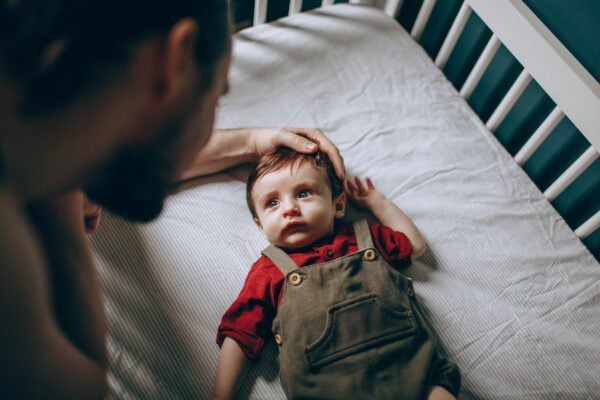
So by “nap training” your baby or toddler, you are helping them get the rest they need to be healthy and successful. Learn more about building the perfect nap schedule here.
Optimizing naps
So, now you’re probably wondering how to “nap train” your baby or toddler so they get the restorative sleep they need? Let’s look at “sleep training” for naps below.
It starts with optimizing naps.
Optimizing naps can begin at birth. It means addressing the nap environment and knowing exactly when it’s the optimal time for your baby or toddler to fall asleep for their nap.
Nap Environment
An optimal nap environment has a few important components to it. Start with a cooler room (between 66 and 70 degrees Fahrenheit is ideal). It’s also important to make sure you choose the best newborn clothes to sleep in. Comfort and safety are important!
I also recommend using a sound machine starting from the time your little one is a newborn. The white noise drowns out any distracting noise going on in the house, so your little one can sleep without being woken up.
The darkness of the room is also important. Newborns can nap in a regularly lit room, however as they approach 4 months, I recommend having them start to nap in a dark sleep space. You can continue having your baby nap in a dark room until they approach toddlerhood. At that point, it is often more successful if the room has a dim night light in it to curb any potential fears.
Consistency is also important. You can totally do naps on the go when your baby is a newborn, however once you want your baby to start taking naps independently, (after 4 months), I recommend doing the majority of naps in their own sleep space, especially as they are learning these sleep skills. Once your little one has solid nap skills, then a few naps on the go, here or there, will not undue their independent nap skills.
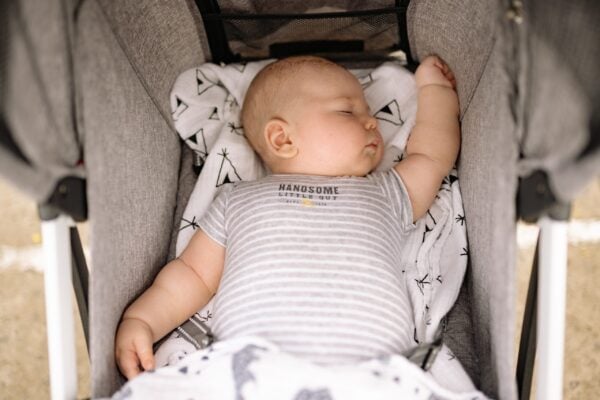
Nap Timing
Knowing exactly when to put your newborn, baby or toddler down for their nap is a huge piece to having your little fall asleep easily and take a restorative nap.
I recommend using age appropriate wake windows AND sleepy cues to determine your little one’s “sweet spot”. (Note that once your baby is older and on one nap, then sleepy cues are not as important. Toddlers have a better ability to push through and make it to nap time, even if they are a little more tired that day).
Finding that “sweet spot” is key to preventing overtiredness. Once your baby becomes overtired, then it’s like they’ve gotten their “second wind”, and going down for a nap will be near impossible.
Here is a chart of age-appropriate wake windows and number of naps by age. Remember that it is a guide for “averages” and some babies have higher sleep needs and others have lower sleep needs. You can use this as a starting point and tweak it as needed.
| Age | Number of naps per day | Ideal length of naps | Awake time between naps | Awake time before bed | Average amount of daytime sleep |
| 0-3 months | 4-7 | 45-60 min | 60-90 min | 1-2 hours | 5-8 hours |
| 4 months | 4 | 60+ min | 90 min | 2 hours | 3.5-5 hours |
| 5 months | 3 | 60+ min | 2 hours | 2.5 hours | 3.5-4.5 hours |
| 7 months | 2 | 60-90 min | 2-3 hours | 4 hours | 3-4 hours |
| 14 months | 1 | 2 hours | 5 hours | 5 hours | 2-3 hours |
Remember, we want to use wake windows while ALSO paying attention to sleepy cues. Most parents mistake “tired cues” for “sleepy cues”. Once a baby is showing tired cues, it means that are actually becoming (or already are) overtired.
Tired cues can be:
- fussing
- rubbing their eyes
- tugging on their ears
- avoiding eye contact
- arching their back/ becoming rigid
- jerky flailing limbs.
Sleepy cues are when your baby:
- starts staring off into the distance
- has a calm and peaceful demeanor
- gives a subtle yawn
- has a reddish hue on their eyebrows and eyelids.
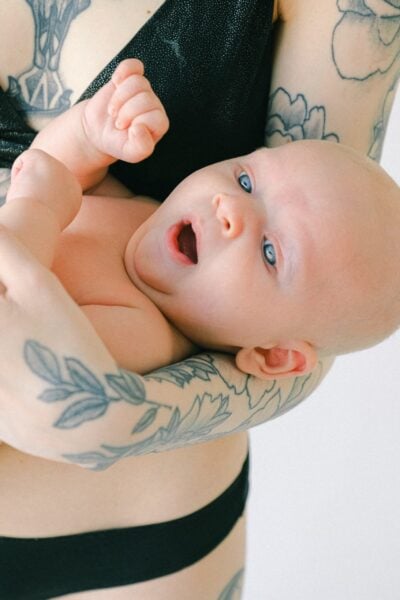
Think of sleepy cues as the “first alert” that it’s time to get your little one to sleep! So watch the clock and watch your baby for sleepy cues to know exactly when to put them down for their nap.
Lengthening naps
Lengthening naps is the final piece of how to “nap train” your baby.
Learning to lengthen naps can start when your baby is a newborn. Between 0-4 months, you can help your baby learn to lengthen naps by intervening and “saving” the nap when it is less than 1 hour.
This means rocking them back to sleep and/or doing a contact nap for the remainder of the nap. Remember, you can’t spoil a newborn! So helping your newborn extend their naps not only fills their sleep tank and keeps them rested for that day, it also helps lay the foundation for “sleep learning” at 4 months.

At 4 months, you can teach your baby independent nap skills, and nap lengthening is part of this process. First, we start with optimizing your baby’s schedule. Then we teach them how to initiate sleep independently for bedtime and naps. We have different approaches to doing this as every baby and every family are different! Then, once your baby can initiate sleep independently for all naps and bedtime, we teach them how to lengthen their naps. This means they will be able to connect sleep cycles on their own and take solid restorative naps.
My 4-24 month course walks you through this whole process and teaches you how to tailor it to best fit YOUR baby. Or, you can hop on the phone with one of our amazing sleep consultants! We will work collaboratively with you to create an individualized sleep plan for your little one.
Recap on “sleep training” for naps
I hope you have found this blog post helpful in figuring out how to “nap train” your baby. Fostering healthy nap skills starts at birth and then once your baby is 4 months old, you can teach them the skills they need to take independent restorative naps in their own sleep space.
The main pieces to “nap training” are:
- Creating an optimal nap environment
- Determining the best time for your little one to nap by using age appropriate wake windows and tuning into sleepy cues
- Helping your little one learn to lengthen their naps
And I hope you know you don’t have to do this alone! We would love to help! Whether you have a question about dropping a nap or adding in a cat nap, you need help tweaking your little one’s schedule, or you would like us to walk you through the process of getting your little one to take solid naps, we are here to support you!
Click here to check out all of our consultation options!
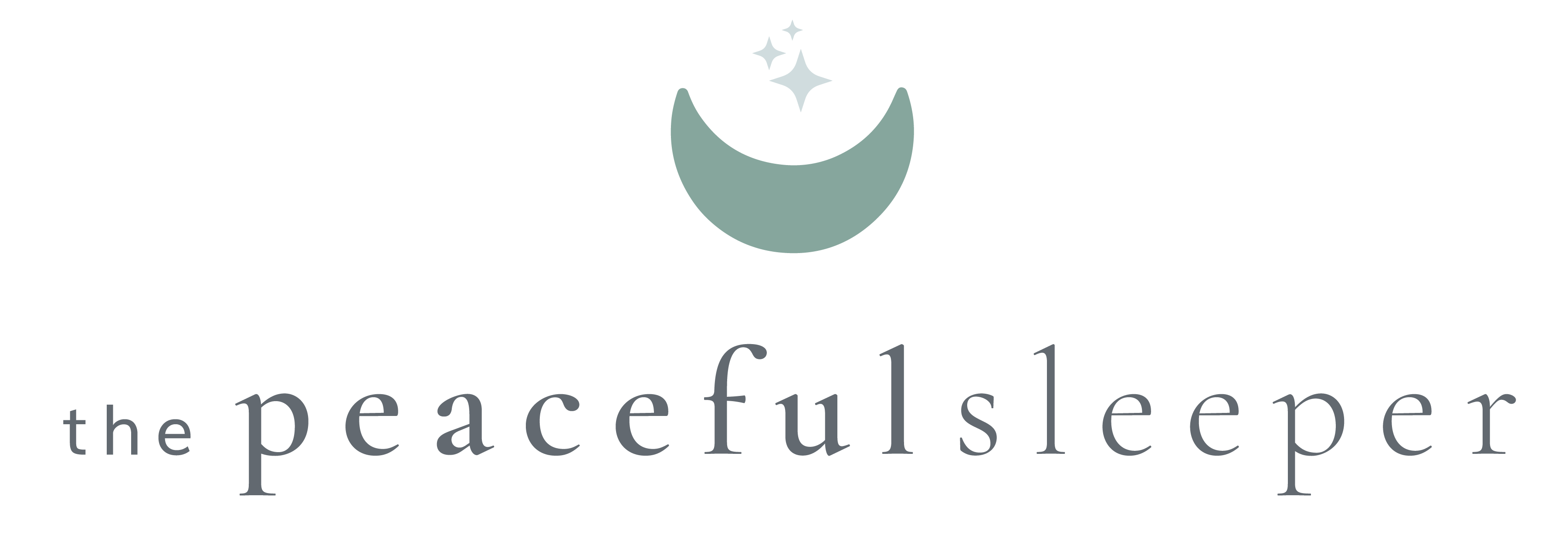
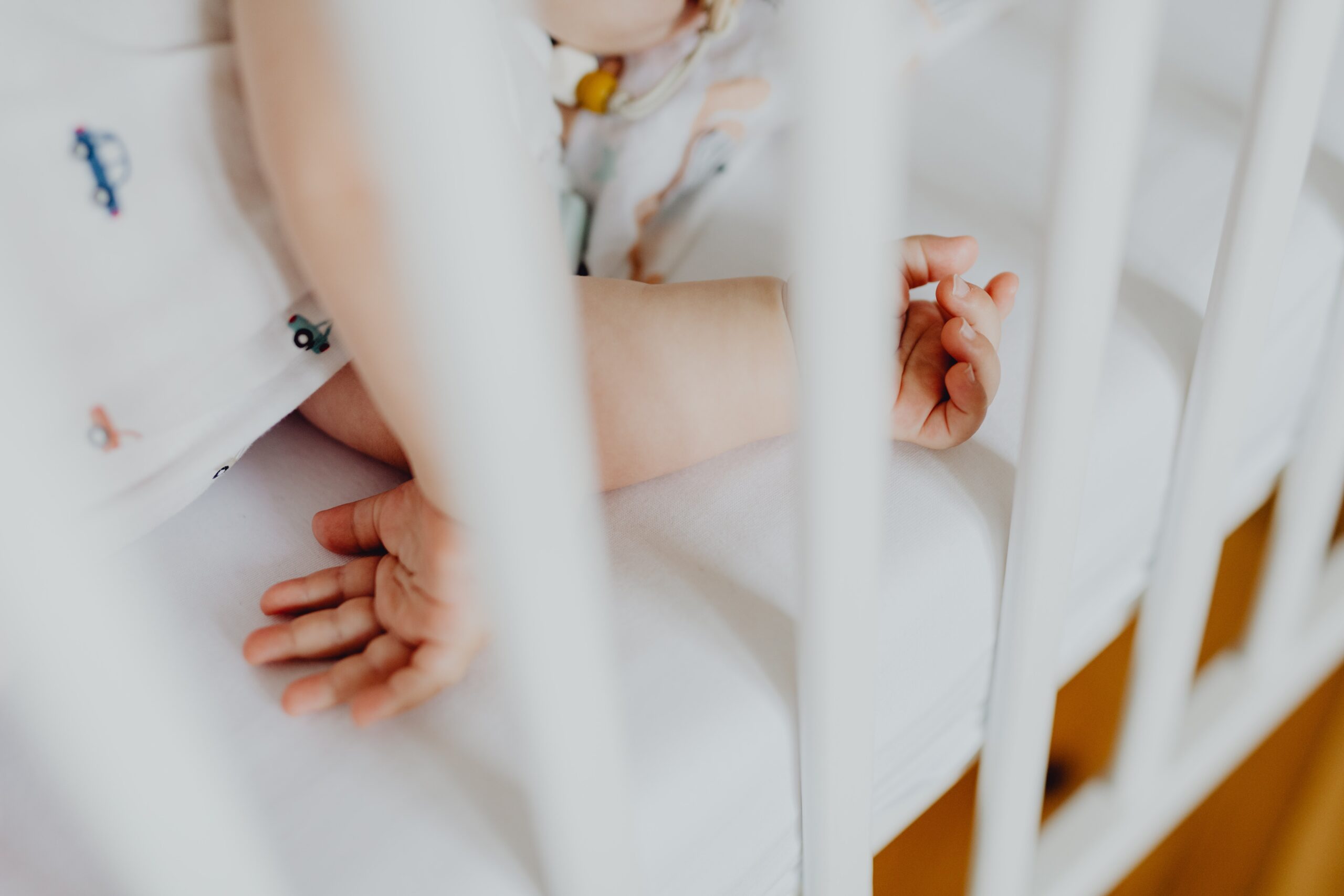
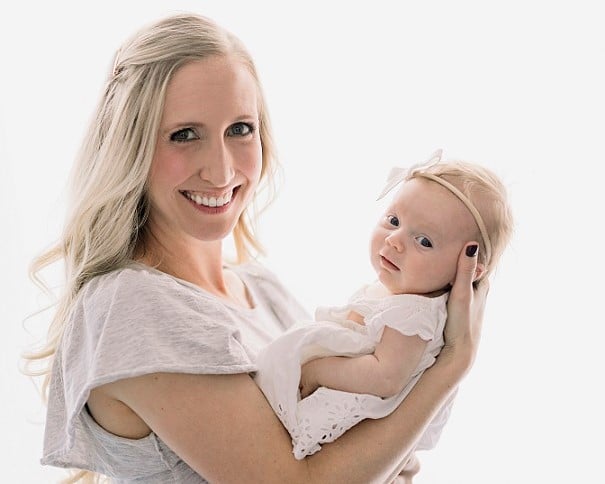
0 Comments